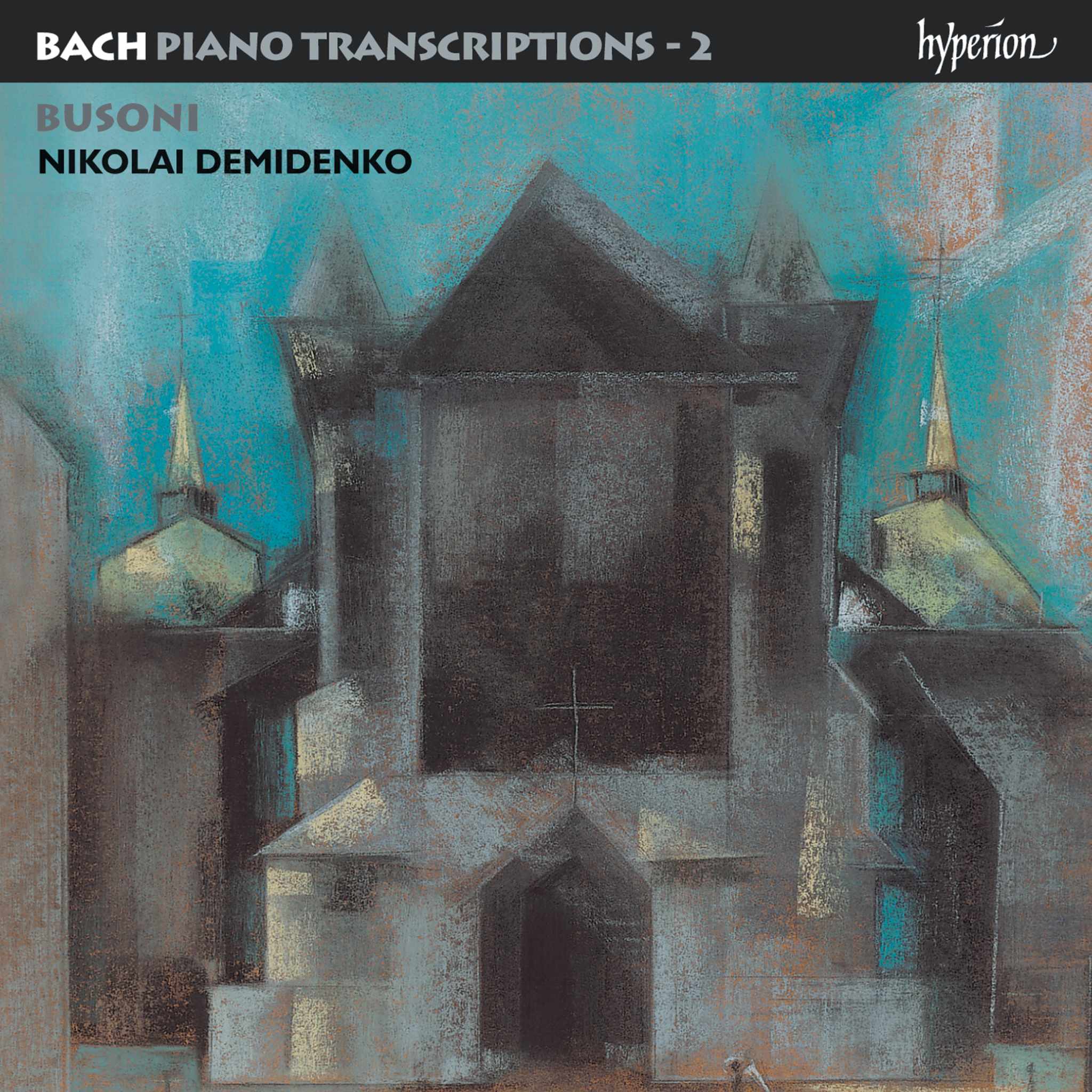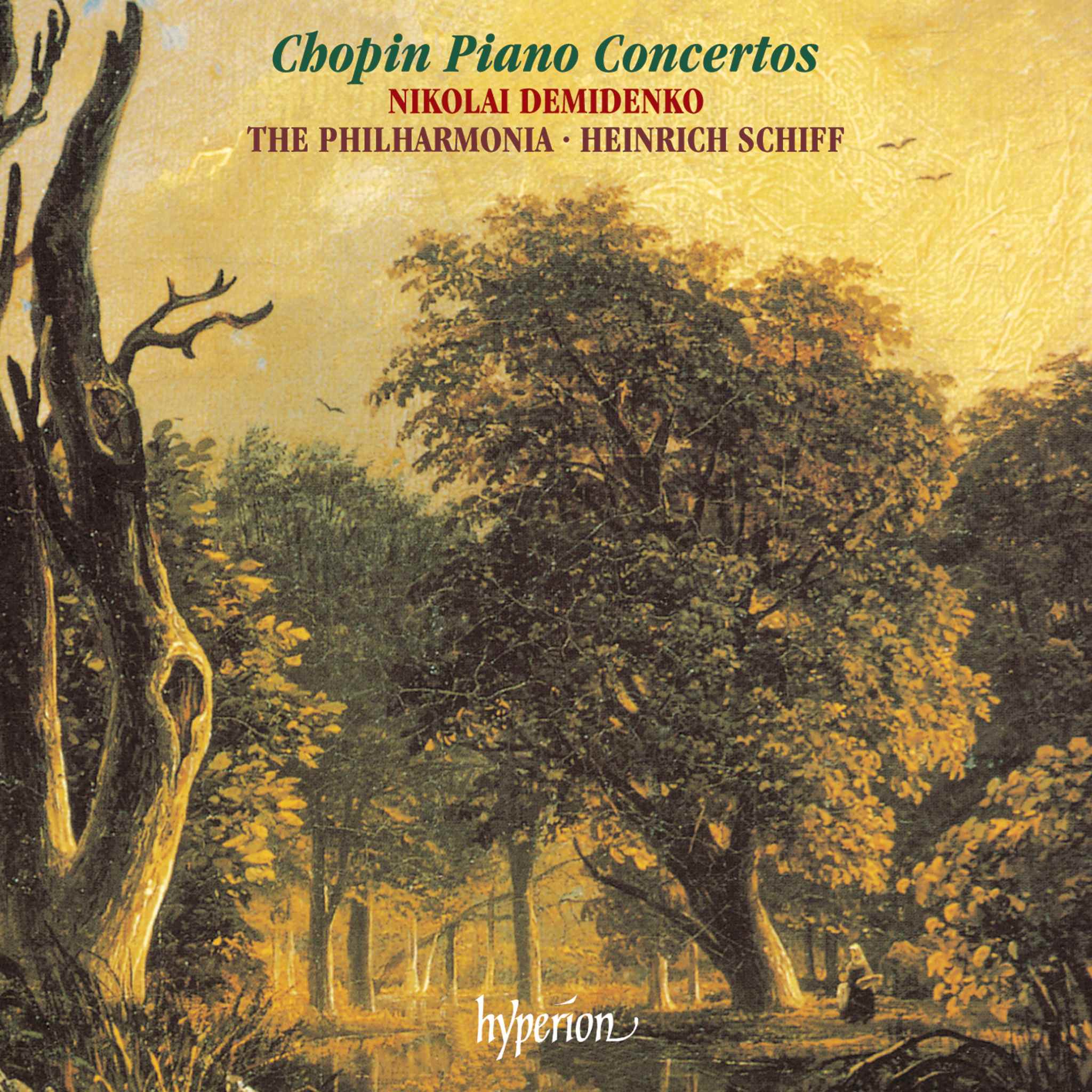Album insights
Bach, a master of fugue, achieved his mastery through significant effort. Transforming from rigid, nondescript subjects to seamless, continuously unfolding structures built on captivating melodic subjects involved observation, experience, and applied thinking. German authors categorize Bach's fugue style into four main types: the playing fugue, dance fugue, allabreve fugue, and art fugue.
The first type integrates instrumental forms and fragments into a rather loose fugue structure with a virtuosic character and extensive episodes, seen in compositions like BWV532, 541, 542, and 548. The dance fugue features a strong rhythmic subject (BWV536, 543) while also incorporating the instrumental techniques of the playing fugue. The allabreve fugue indicates a more serious thematic intention, utilizing smoother, more vocally oriented subjects that allow for up to five voices and a broader harmonic palette, shown in pieces like BWV534, 537, 545, and 546. The art fugue pinnacle represents strict contrapuntal genius where everything stems from the main theme, as beautifully illustrated in BWV547.
In Bach's compositions, the prelude and fugue complement each other, a departure from his earlier individual approach. Bach's works were likely not solely intended for daily church services, as suggested by historical contexts, including concerts and public performances involving organ music. Bach's artistry in registering organ stops was legendary, employing unconventional tonal colors. The use of various techniques for sound creation remains central to an authentic performance of Bach's diverse works.
Moving on to the music itself, Bach's Fantasia and Fugue in G Minor, BWV542, showcases a melodious subject reminiscent of Dutch folk tunes, demonstrating Bach's musical prowess and intellectual depth. Similarly, pieces like Prelude and Fugue in A Minor, BWV543, exhibit Bach's adeptness in blending Buxtehude's style with his innovative compositions. Bach's compositions evolved over time, resting on a mix of originality and adherence to established practices.
Bach’s monumental works, such as Prelude and Fugue in C Major, BWV547, crafted during his final years, represent a blend of technical virtuosity and compositional mastery. These late Leipzig works encapsulate Bach's musical genius, showcasing his profound harmonic richness and contrapuntal skills. Through meticulous revisions and experiments with different thematic styles, Bach's creations continue to enchant audiences with their complexity and beauty.





